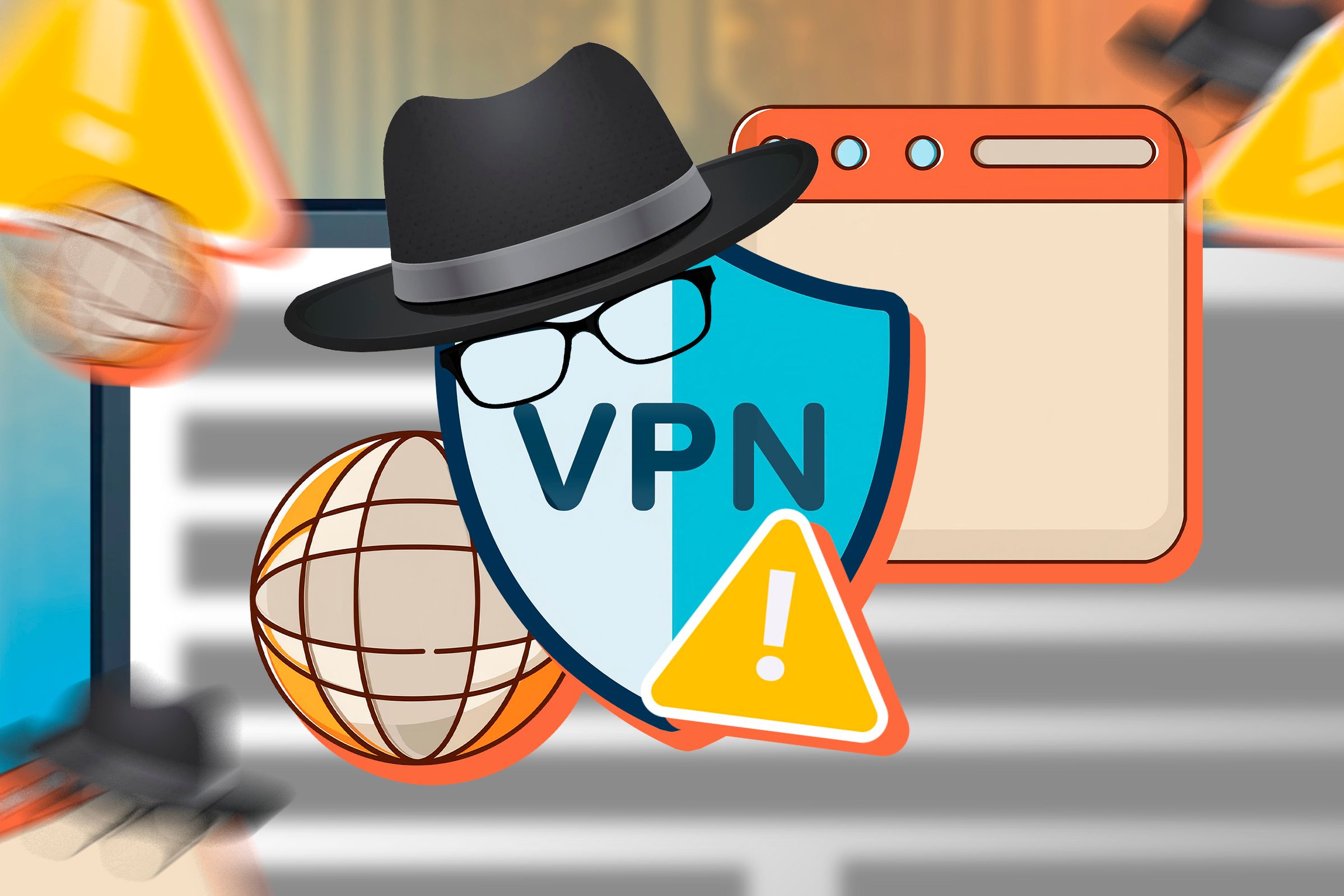Key Takeaways
- Public Wi-Fi is risky for users due to common attacks like man-in-the-middle, fake hotspots, and packet sniffing.
- Use a VPN, only connect to secure websites that use HTTPs, and avoid sensitive transactions to enhance your safety.
- Libraries are the most trusted public Wi-Fi locations, while public parks are seen as the least secure.
Free Wi-Fi is everywhere, from coffee shops to airports, but convenience often comes with hidden dangers. Public Wi-Fi networks are a goldmine for hackers, offering countless ways to steal your data.
Public Wi-Fi Risks and Safety
Public Wi-Fi is convenient but risky. We’ve all connected to public networks at coffee shops, airports, or hotels without thinking twice. But beneath the convenience lies a playground for hackers. According to a survey by All About Cookies, 69% of people connect to public Wi-Fi at least once a week, despite nearly half admitting their uncertainty about the network’s legitimacy.
Let’s dive in to the most common attacks on public Wi-Fi, and how you can keep yourself safe.
Common Public Wi-Fi Attacks
Hackers love public Wi-Fi like kids love candy; it’s easy pickings. Here are the attacks they’re using to prey on users.
Man-in-the-Middle (MITM) Attacks
Imagine you’re passing a note in class, but someone intercepts it, reads it, and then passes it along like nothing happened. That’s pretty much a MITM attack. Hackers sneak in between you and the website you’re visiting, allowing them to steal or manipulate data. On unsecured public Wi-Fi, this attack is still a hacker’s favorite.
Fake Hotspots (Evil Twin Attacks)
It’s like thinking you’re connecting to a legit Wi-Fi network, but instead, you’ve just walked into a trap. Hackers set up fake hotspots that look just like the real thing. You connect, and boom, all your data is out in the open. Shockingly, 47% of people admit to connecting to public networks without verifying their legitimacy.
Packet Sniffing
Packet sniffing might sound harmless, but it’s a hacker’s way of eavesdropping on your data. They capture and analyze the data packets sent over the network. HTTPS has made this attack less effective, but not every site or service uses it, exposing some data.
Session Hijacking
Hackers don’t need your passwords if they can steal session cookies. Session hijacking is like someone grabbing your boarding pass mid-flight; they don’t need to know your details; they just need that key ticket. With it, they can pretend to be you and access your accounts.
Malware Injection
Sometimes, all it takes is connecting to public Wi-Fi for malware to sneak into your devices. Hackers exploit vulnerabilities and deliver malware that can steal information or track your activity without you even knowing it’s happening.
Protecting Yourself on Public Wi-Fi
Now that you know the dangers, let’s talk about how you can stay safe.
Using a VPN (Virtual Private Network)
A VPN is like a secret tunnel that keeps your data from prying eyes. It encrypts your traffic, making it nearly impossible for hackers to intercept anything useful. Despite this, according to Forbes Advisor, only 40% of users use a VPN when on public Wi-Fi.
Connect Only to Secure Websites (HTTPS)
Think of HTTPS as the digital equivalent of a security badge. It’s not just random letters but a secure, encrypted connection. Always check for the HTTPS and the padlock icon in your browser’s address bar before you type in personal details.
Disable Automatic Connections
While automatic connections offer convenience at familiar locations like home or work, they can be risky in public due to threats like evil twin networks. Regardless of your device (iOS, Android, Mac, or Windows), ensure it’s configured to connect only to known networks automatically. Always manually verify public Wi-Fi before connecting.
Avoid Sensitive Transactions
If you wouldn’t shout your bank details in public, you shouldn’t enter them on public Wi-Fi. Save sensitive transactions for a secure, trusted network. Unfortunately, over half of internet users admit to logging personal or financial information while on public Wi-Fi, which is a major risk.
Shield Yourself from Malware Threats
To keep these unwanted guests out, update your operating system and applications regularly. This shuts down the backdoors they might slip through. Ensure your antivirus always scans and updates to the latest virus definitions to protect your device from potential threats.
Where Do People Feel Safe Connecting?
Not all public Wi-Fi is viewed equally. According to the All About Cookies survey, libraries are the most trusted public Wi-Fi locations, with 80% of users feeling safe there, followed closely by hotels and co-working spaces. On the other hand, public parks are seen as the least secure, with 59% of people feeling unsafe.
Staying Safe Online
Public Wi-Fi is everywhere, but so are the risks. One in four people regularly using public Wi-Fi has experienced a security issue while connected. By understanding the attacks hackers rely on and following some basic safety tips, you can still enjoy the convenience without handing over your data. Stay informed, stay cautious, and browse confidently no matter where you are.





